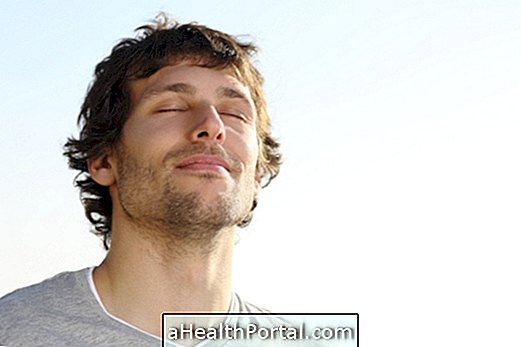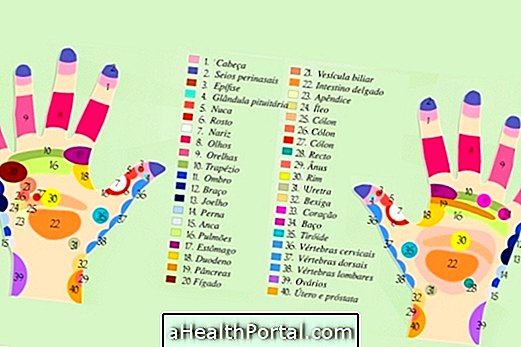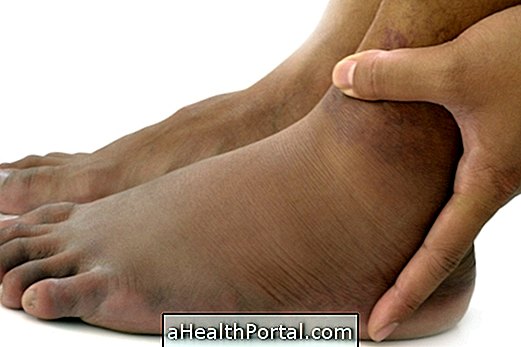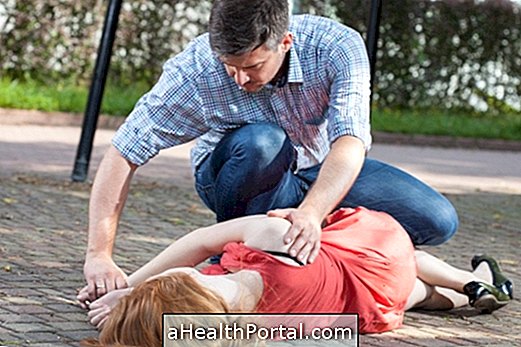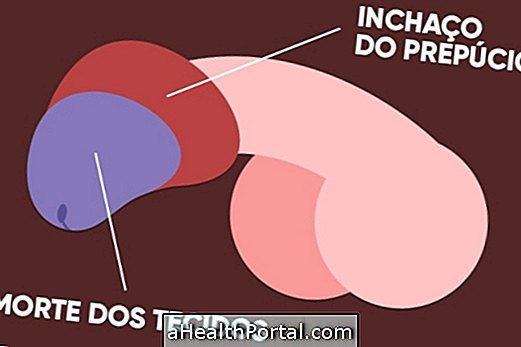Mindfulness is an English term meaning mindfulness or full consciousness. Generally, people who start doing mindfulness exercises tend to give up easily due to lack of time to practice it. However, there are also very short exercises that can help the person develop the practice and enjoy its benefits. See what the benefits of mindfulness are .
This technique, if practiced regularly, can help deal with anxiety, anger and resentment and also help treat diseases such as depression, anxiety and obsessive-compulsive disorder.
1. Mindfulness in day to day activities

Mindfulness can be practiced in day-to-day activities, and consists of watching the movements performed while performing various tasks, such as cooking, performing other household activities, manual activities, or even while working.
In addition, one can also practice this mindfulness by holding the objects and appreciating them as if it were the first time he looked at them, observing how light strikes the object, analyzing its asymmetry, texture or even smell, instead perform these tasks on "autopilot".
This mindfulness exercise can be practiced with simple tasks such as washing dishes or clothes, taking out garbage, brushing teeth and taking a shower, or even out-of-home activities such as driving, the way you work.
2. Mindfulness in motion

Most of the time, people only pay attention to the movements they perform when they are very tired, when they play an instrument or when they dance for example. However, having the awareness of movement is an exercise in mindfulness that can be practiced under any circumstances.
The person can try going for a walk and paying attention to the way he walks, the feel of his feet in contact with the ground, the way he bends his knee, how to move his arms, and even pay attention to the breath.
To deepen the technique, one can slow down the movements for some time, as an exercise of awareness, in order to avoid the realization of precipitate movements.
3. Mindfulness " Body Scan"

This technique is a good way of meditating, in which the anchoring of attention is done in parts of the body, thus strengthening the body and emotional self-consciousness. This technique can be performed as follows:
- The person should lie in a comfortable place, on his back and close his eyes;
- Afterwards and for a few minutes, attention should be paid to the breathing and sensations of the body, such as the touch and the pressure that the body makes against the mattress;
- Then you should focus the attention and awareness to the sensations of the belly, feeling the air moving in and out of the body. For a few minutes, one should feel these sensations with each inhale and exhale, with the belly lifting and lowering;
- Next, focus the attention on the left leg, left foot and toes of the left foot, feeling them and paying attention to the quality of the sensations that you feel;
- Then with an inspiration, one should feel and imagine the air entering the lungs and going through the whole body up to the left leg and left toes, and then imagine the air making the opposite way. This breathing should be practiced for a few minutes;
- This conscious awareness should be allowed to expand to the rest of the foot, such as the ankle, toes, bones and joints, and then one should take a deep and intentional inspiration by directing it to the entire left foot and when it expires, the be distributed throughout the left leg, such as the calf, knee and thigh, for example;
- The person can continue to pay attention to his body, also on the right side of the body, as well as the upper part, such as arms, hands, head, in the same detailed way as was done for the left limb.
After following all these steps, one should spend a few minutes noticing and feeling the body as a whole, letting the air flow freely into and out of the body.
4. Mindfulness of Breathing

This technique can be performed with the person lying down or sitting in a comfortable position, closing their eyes or staring unfocused at the floor or a wall for example.
The purpose of this method is to bring awareness to physical sensations such as touch, for example, for 1 or 2 minutes and then to breathing, feeling it in various regions of the body like the nostrils, the movements it causes in the abdominal region, avoiding to control the breathing, but rather letting the body breathe on its own. The technique should be practiced for at least 10 minutes.
During the practice of mindfulness, it is normal for the mind to wander a few times, always having to carefully bring attention back to the breath and continuing from where it stopped. These restrained mind ramblings are an opportunity to cultivate patience and self-acceptance



